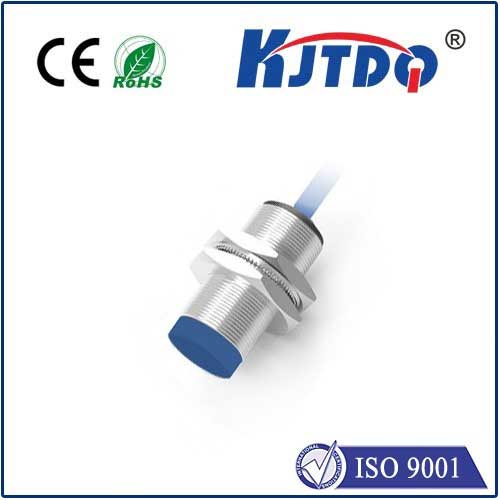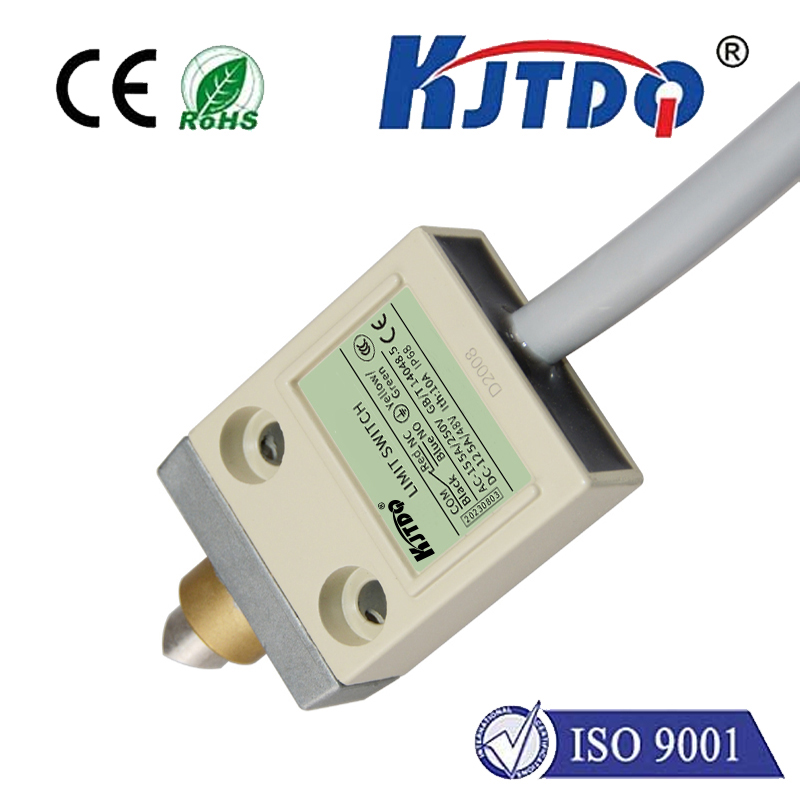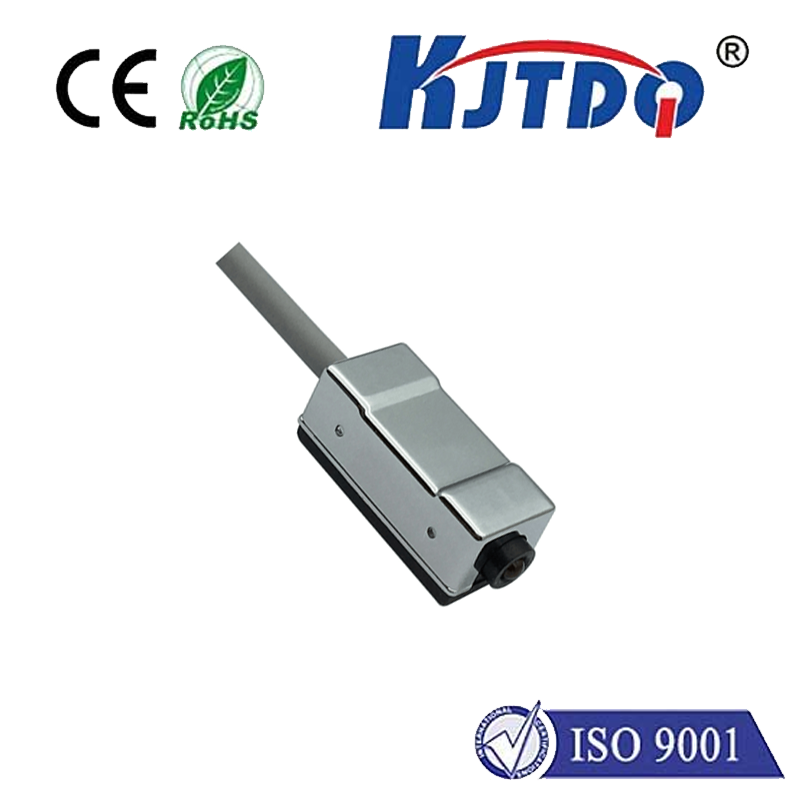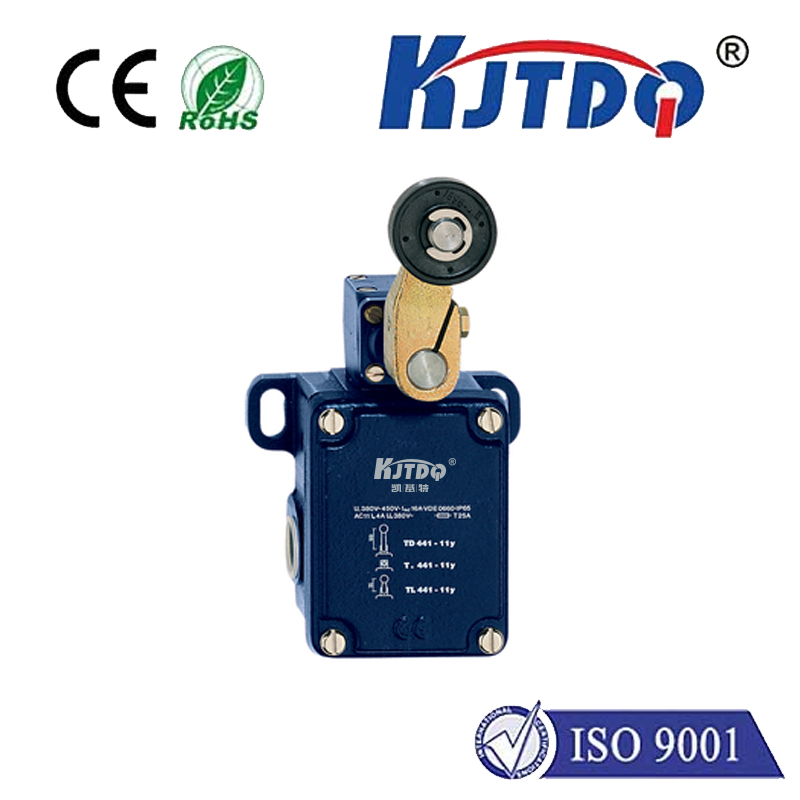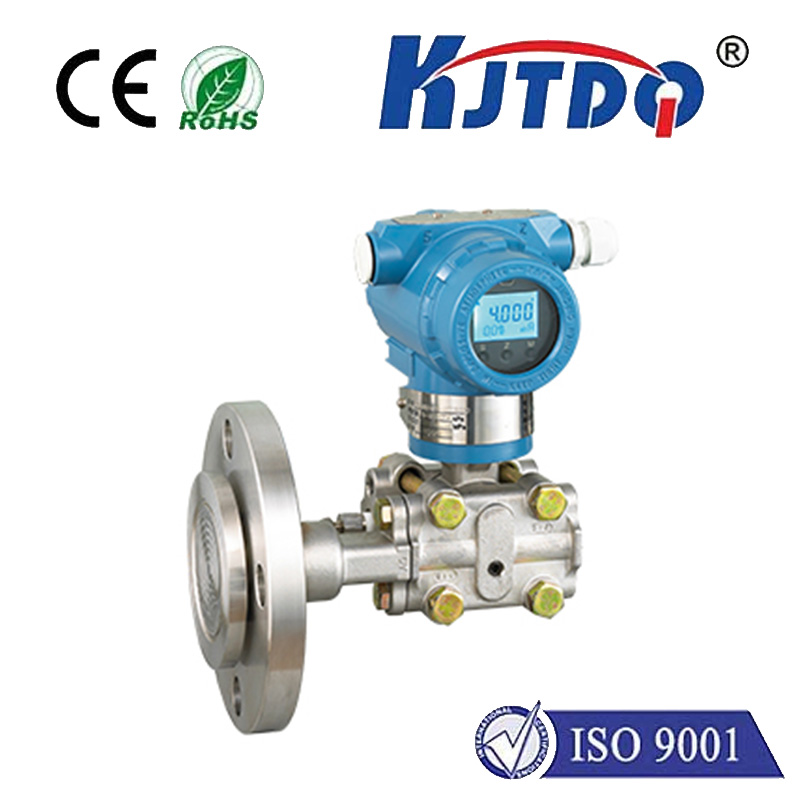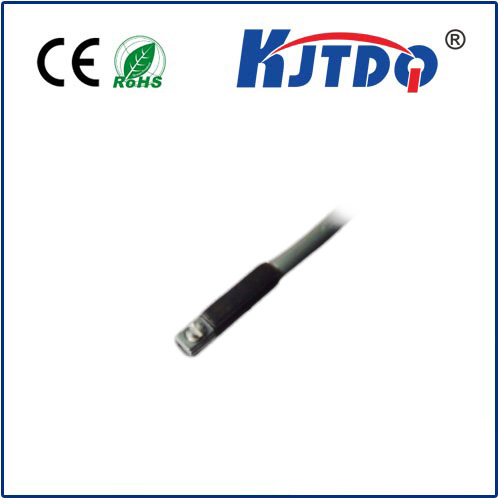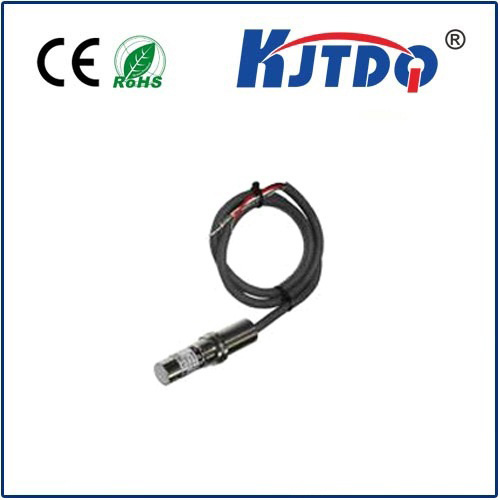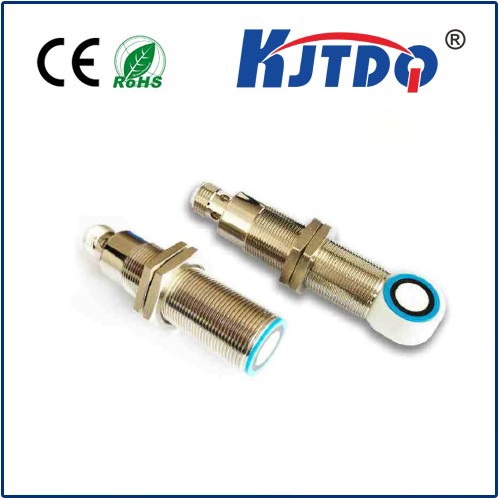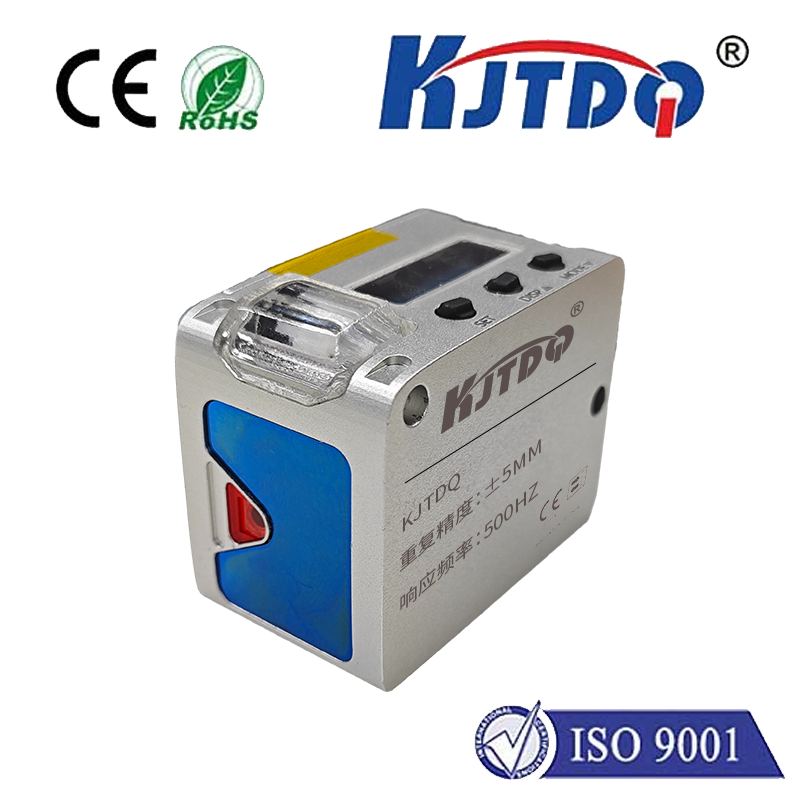kfps xp-12a02e2 proximity sensor
- time:2025-09-08 09:35:04
- Click:0
KFPS XP-12A02E2 Proximity Sensor: Precision Detection for Demanding Industrial Automation
In the meticulously orchestrated world of modern manufacturing, unseen components form the nervous system ensuring smooth operation. Among these silent heroes, proximity sensors play a pivotal role, providing the essential “eyes” for machinery to detect the presence or absence of objects without physical contact. The KFPS XP-12A02E2, a specific model within Keyence’s renowned line of fiber optic sensors, stands out as a reliable and high-precision solution engineered for diverse industrial challenges. Understanding its capabilities unlocks potential for enhanced efficiency and reliability in countless automation applications.
Beyond Basic Detection: The Fiber Optic Advantage
Unlike traditional inductive or capacitive proximity switches, the KFPS XP-12A02E2 leverages fiber optic technology. This fundamentally changes the game. The core sensor unit, containing the light emitter and receiver electronics, is separated from the actual sensing point by a flexible fiber optic cable. This core design principle offers unparalleled flexibility:
- Miniaturization: The sensing head at the end of the fiber cable is extremely small, allowing detection in confined spaces where bulky traditional sensors simply cannot fit.
- Environmental Resilience: The sensor electronics (amplifier unit) can be mounted safely away from harsh conditions – extreme heat, cold, corrosive chemicals, intense vibration, or high electromagnetic interference (EMI) zones. Only the robust fiber tip needs to be exposed to the detection point.
- Versatility: Different fiber optic cable types and sensing heads (e.g., thru-beam, diffuse reflective, retro-reflective) can often be paired with the same amplifier unit (like the XP-12A02E2), adapting the sensor for specific object characteristics, colors, and detection distances.
Deciphering the KFPS XP-12A02E2: Key Features and Capabilities

The “KFPS” designation signifies Keyence Fiber Optic Proximity Sensor, while “XP-12A02E2” pinpoints the specific amplifier model. Here’s what makes this particular unit noteworthy:
- Exceptional Sensitivity: Fiber optic sensors inherently offer high sensitivity, capable of detecting minute changes in light intensity. The XP-12A02E2 amplifier is finely tuned to leverage this, enabling reliable detection of very small objects (down to fractions of a millimeter), subtle color differences, transparent materials (like glass or clear plastics), and low-contrast targets.
- Stable Performance: Engineered for industrial rigor, it boasts excellent resistance to ambient light fluctuations and electrical noise, ensuring consistent, false-trigger-free operation in demanding environments. This stability is critical for maintaining production line uptime and quality control.
- Compact Amplifier Design: The XP-12A02E2 unit itself is designed for easy integration into control panels or directly on machinery, featuring a compact footprint.
- Adjustable Sensitivity & Output Options: Typically equipped with a sensitivity adjustment potentiometer (or digital controls depending on exact variant), it allows fine-tuning for optimal performance with the specific target and application. Standard PNP/NPN switching outputs provide direct compatibility with PLCs (Programmable Logic Controllers) and other industrial control systems.
- Durability: Fiber optic cables and sensing heads are inherently resistant to many environmental factors. The XP-12A02E2 amplifier itself is built to withstand typical industrial panel conditions.
Where the XP-12A02E2 Shines: Real-World Applications
The unique strengths of the KFPS XP-12A02E2 fiber optic sensor make it indispensable across numerous sectors:
- Electronics Manufacturing: Detecting tiny components (chips, connectors), verifying presence of leads on PCBs, checking solder paste application, identifying small screws or springs.
- Pharmaceutical & Packaging: Verifying filled levels in vials or blister packs (even through glass/plastic), detecting labels or tamper seals on packages, confirming cap placement.
- Automotive: Precise part presence/absence checking on assembly lines (small brackets, clips, O-rings), detecting transparent fluid levels, verifying gasket seating, monitoring robotic end-effector tooling position.
- Food & Beverage: Detecting fill levels in bottles or cans (including clear liquids), verifying cap or lid presence, identifying labels or date codes on various backgrounds, detecting transparent packaging films.
- General Machinery: Monitoring fragile or small parts in high-speed conveyors, confirming actuator position in tight spaces, detecting broken tools, providing non-contact position feedback.
Installation and Optimization: Getting the Most from Your Sensor
While powerful, maximizing the XP-12A02E2 proximity sensor’s effectiveness requires proper setup:
- Select the Right Fiber & Head: Choose the fiber cable length and sensing head type (diffuse, thru-beam) best suited for the target size, material, sensing distance, and environmental conditions at the detection point.
- Secure Mounting: Ensure the sensing head and fiber cable are securely mounted to prevent vibration-induced misalignment or damage. Protect the fiber from sharp bends or crushing.
- Sensitivity Tuning: Careful adjustment of the sensitivity potentiometer is crucial. Start with the setting too high (potential false triggers) and gradually decrease it until the sensor reliably detects the target while ignoring the background. Utilize any built-in indicators (like stability LEDs common on Keyence units) to aid setup.
- Environmental Considerations: Keep the amplifier unit away from excessive heat, moisture, and EMI sources as specified in its datasheet. Ensure the sensing head stays clean and free from excessive dust or debris that could scatter light.
- Maintenance: Regularly inspect the sensing head and fiber cable for damage or contamination. Clean lenses carefully if necessary using appropriate methods.
Why Choose the KFPS XP-12A02E2? The Competitive Edge
In a landscape of detection solutions, the KFPS XP-12A02E2 proximity sensor offers distinct advantages:
- Precision Where Others Struggle: Its ability to reliably detect very small, transparent, or low-contrast objects is unmatched by standard inductive or capacitive sensors.
- Surviving Harsh Environments: By separating the sensitive electronics from the point of detection via the fiber cable, it extends operational life and reliability in challenging conditions that would damage other sensor types.
- Unmatched Versatility: A single amplifier type can serve a vast array of detection tasks simply by changing the fiber optic cable and sensing head configuration.
- Proven Reliability: As part of the Keyence KFPS series, the XP-12A02E2 benefits from robust engineering and quality manufacturing synonymous with the brand, making it a trusted component for critical automation tasks. Its IP67 rating (for the sensing head/fiber tip in typical configurations) ensures resistance to dust and water ingress.
For engineers seeking high-precision, reliable, and adaptable non-contact detection, especially in space-constrained or environmentally demanding applications, the KFPS XP-12A02E2 fiber optic proximity sensor represents a sophisticated and proven solution. Its ability to handle tasks where traditional sensors falter makes it an invaluable asset in optimizing efficiency and ensuring quality within the intricate dance of modern industrial automation.






